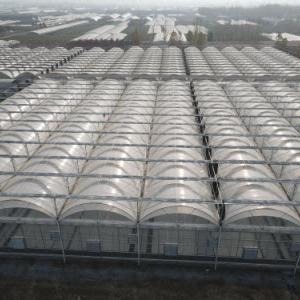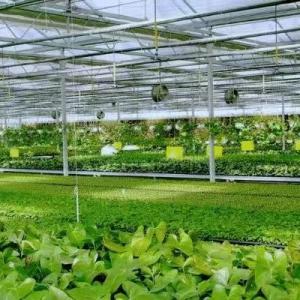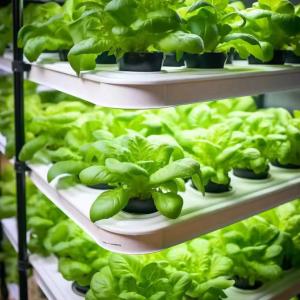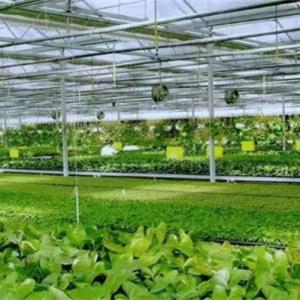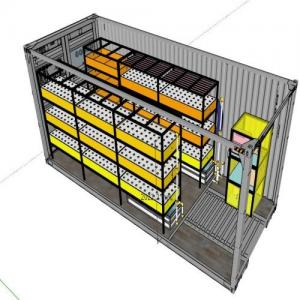A Comprehensive Guide to Choosing, Designing, and Maintaining a Greenhouse for Optimal Plant Growth
If one seeks to cultivate not only crops but also intellectual growth, then a greenhouse stands as an optimal remedy. With a greenhouse, you can start plants earlier or extend the growing season for your best harvest.
When deciding on which greenhouse to select, the crucial factor to contemplate is the quantity of light it has the capacity to furnish. A greenhouse that has plenty of natural light will allow your crops to grow well.
Benefits of Greenhouses and Tips for Building an Adaptable Space
Greenhouses are a great way to extend the growing season. They allow you to grow your favourite plants year-round and also make it easier to start seeds early, plant new varieties, and house tropical plants that aren’t usually suited for your zone.
Adaptability pertains to the aptitude to modify or amend a particular course of action or circumstance while still keeping one's objectives in sight. It’s also the ability to ask questions and challenge established ways of doing things.
When it comes to your greenhouse, you’ll want to determine the exact dimensions before you begin building. This will help you get the best results from your space and also prevent unnecessary costs. Bear in mind that supplementary paraphernalia, including shelving, benches, and workspaces, will also be requisite. In the end, it is crucial to consider the degree of thermal energy necessary to uphold the internal temperature of the greenhouse.
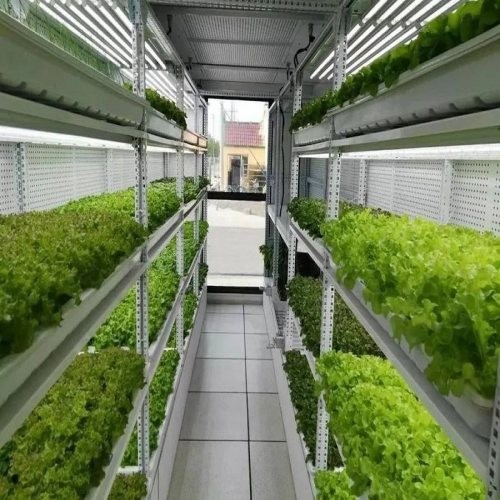
Importance of Temperature Control and Insulation in Greenhouses
For the purpose of maintaining an ideal temperature, the greenhouse must possess a well-insulated structure. Bubble wrap polythene can be cut to size and fixed over the glazed areas to achieve this.
Temperature control is critical to prevent diseases, increase crop yield and quality, and save energy. Plants require a specific range of temperatures for proper photosynthesis and metabolic processes, which results in faster growth. Managing humidity can also be challenging, especially in drier environments where ventilation is often not enough to maintain the ideal climate.
Choosing the Right Lighting for Your Greenhouse
While plants in a greenhouse usually receive plenty of natural light, they often require supplemental lighting to enhance growth and production. LED lights are ideal for this type of horticulture because they emit a specific wavelength that helps all types and stages of plants develop properly and reach their full potential.
HID lights are another option for supplemental greenhouse lighting, especially in areas with low natural sunlight. High-pressure sodium bulbs produce red light, which is beneficial for flowering and budding.
